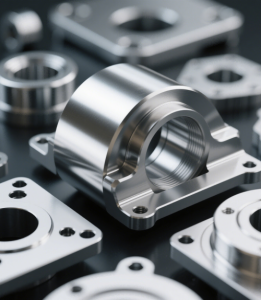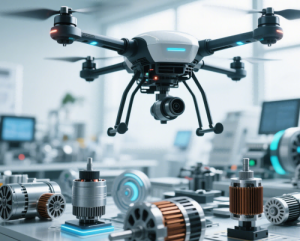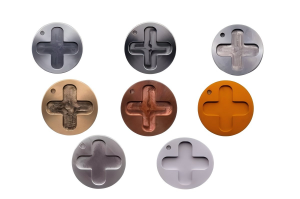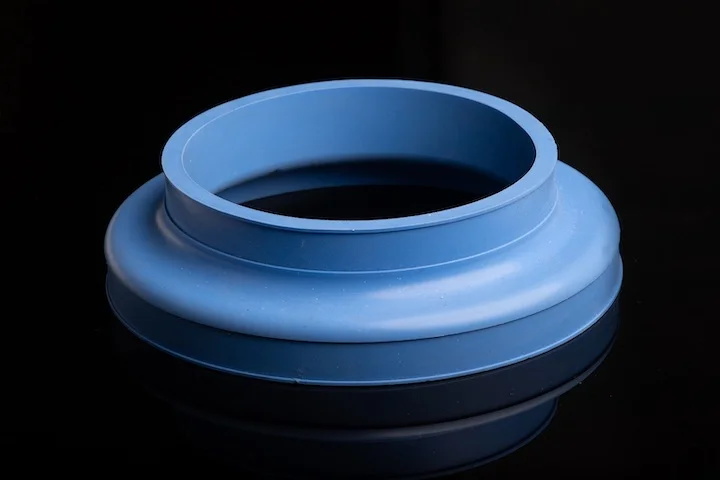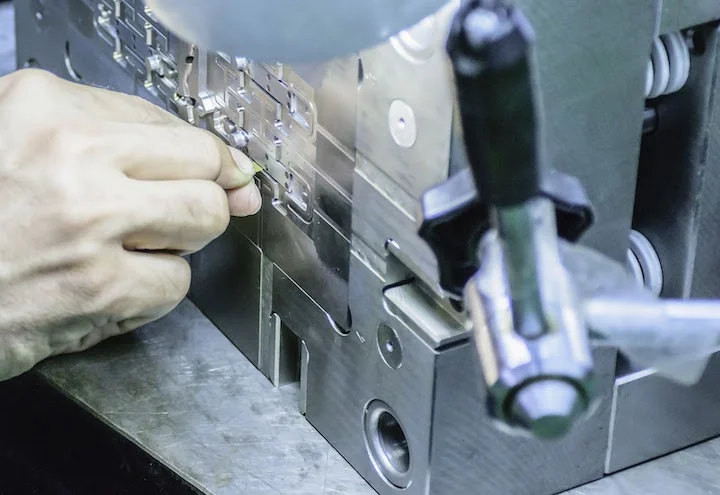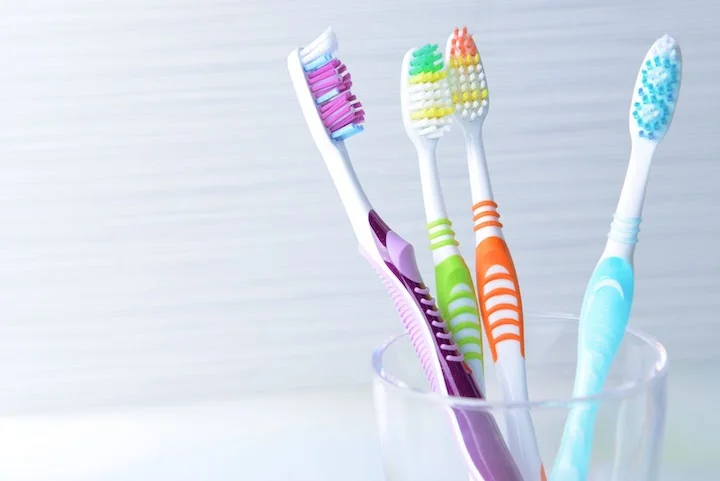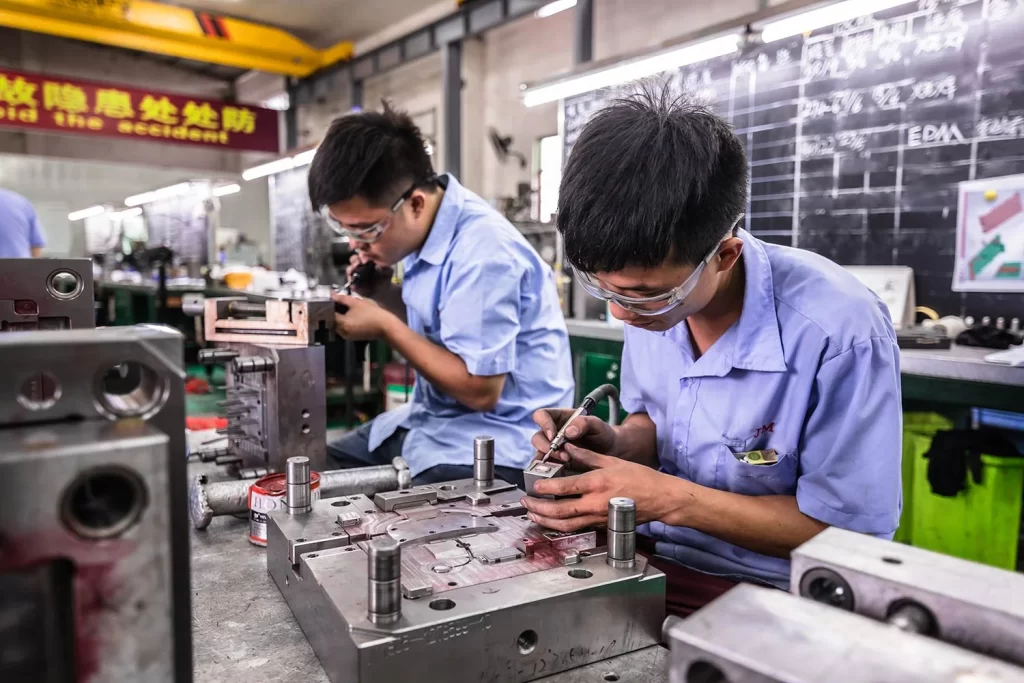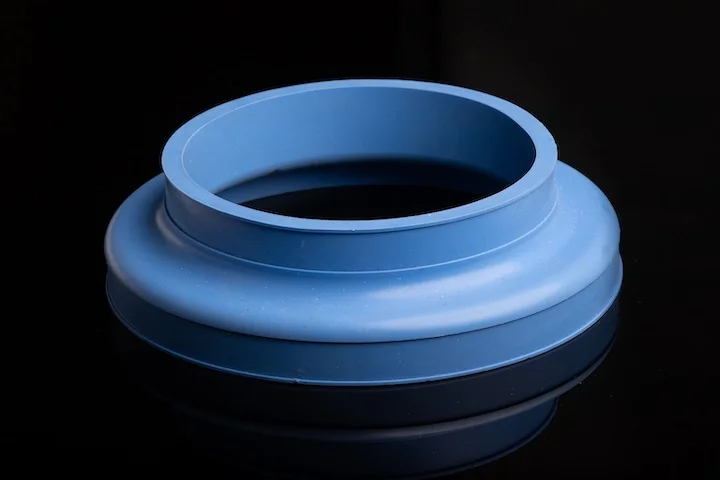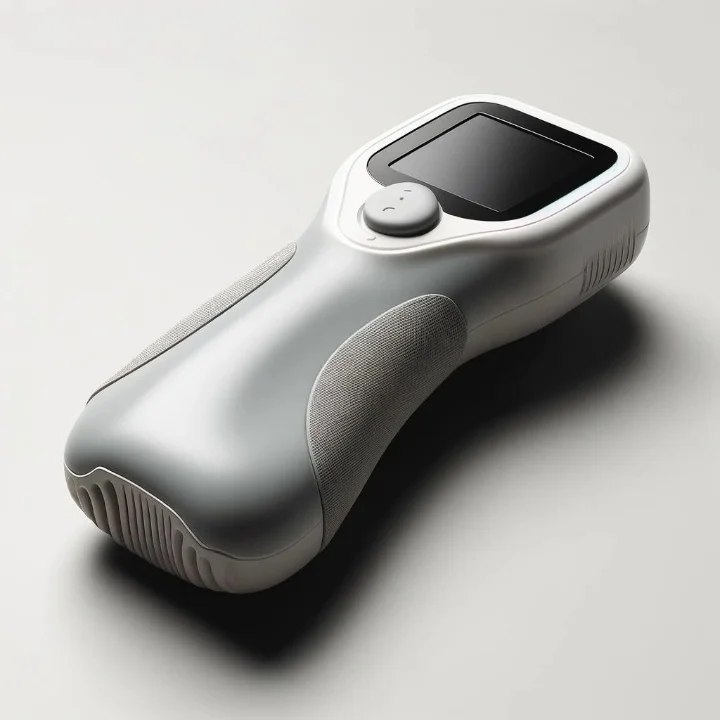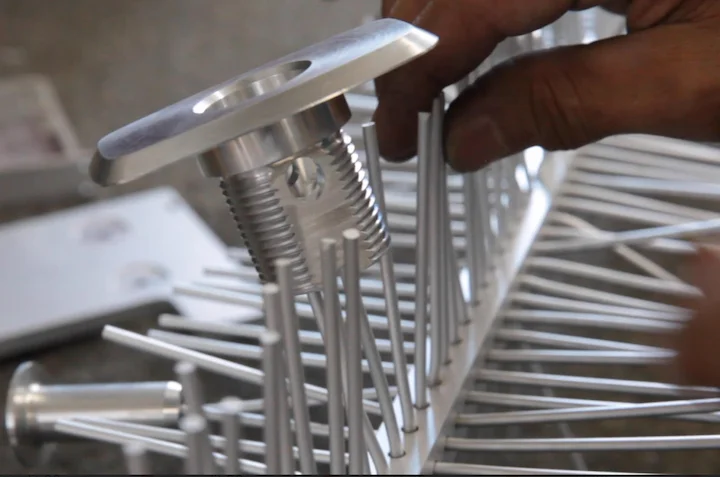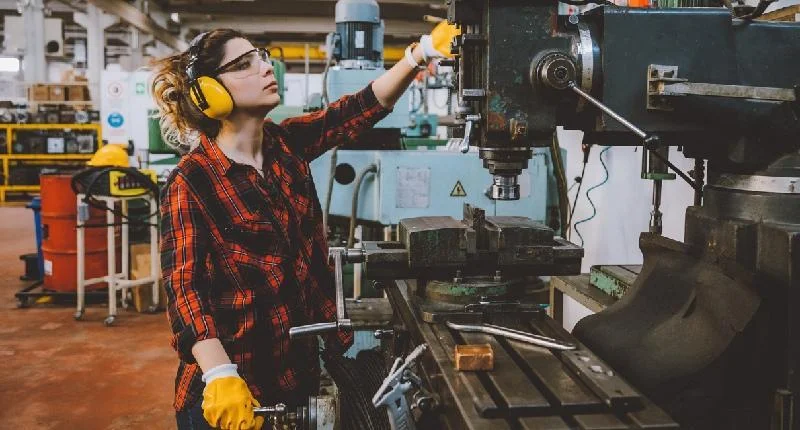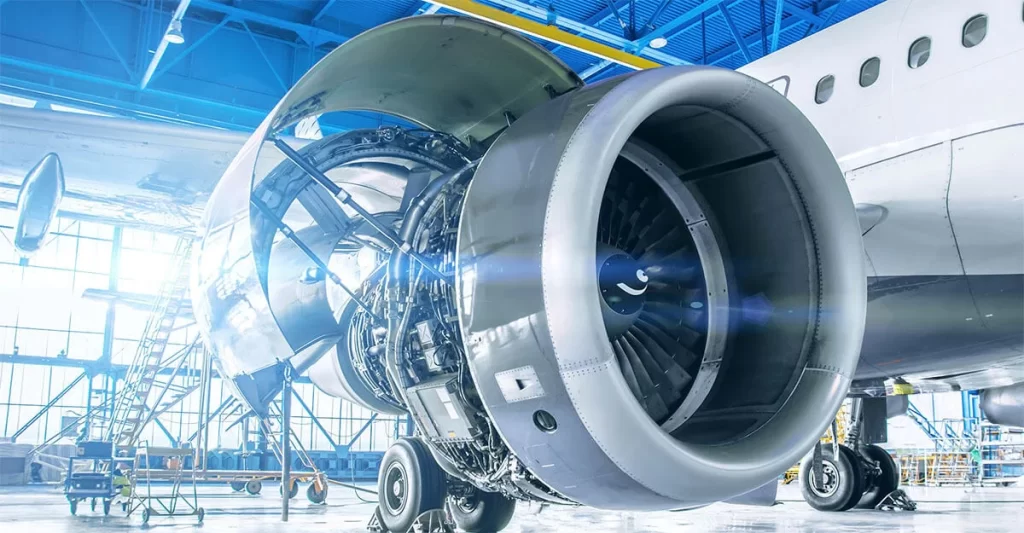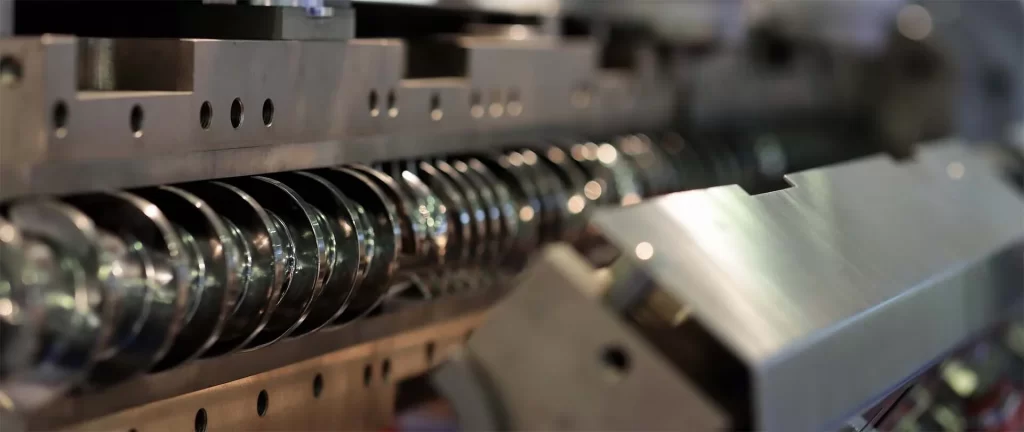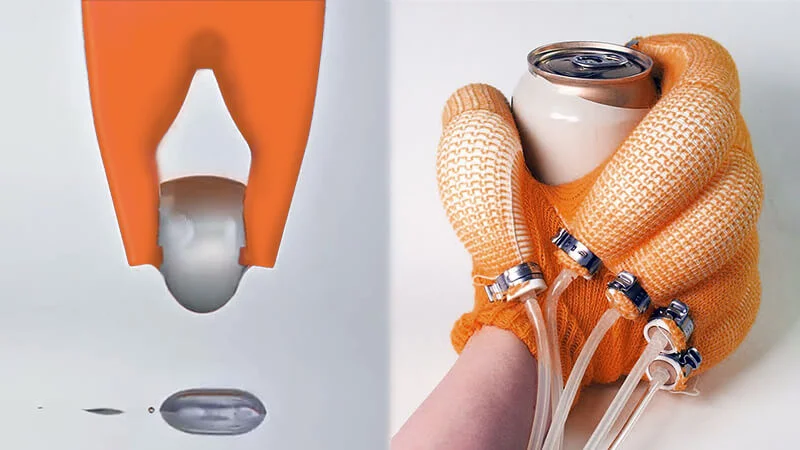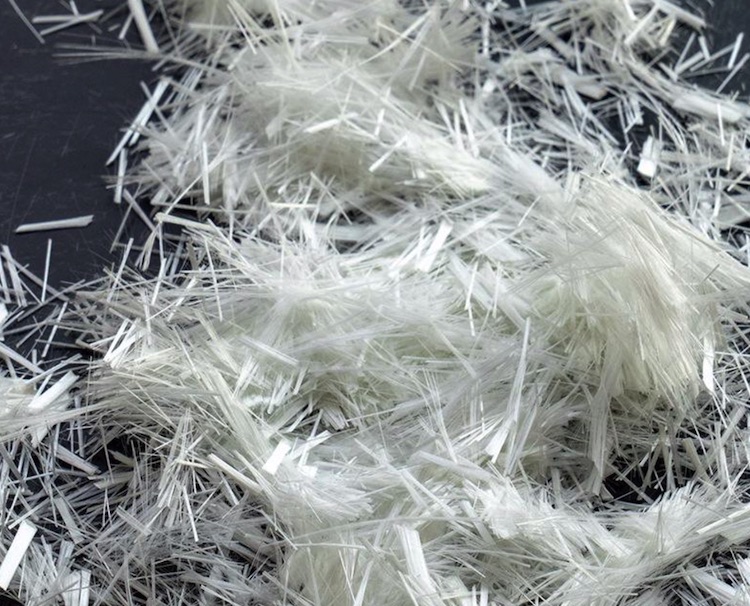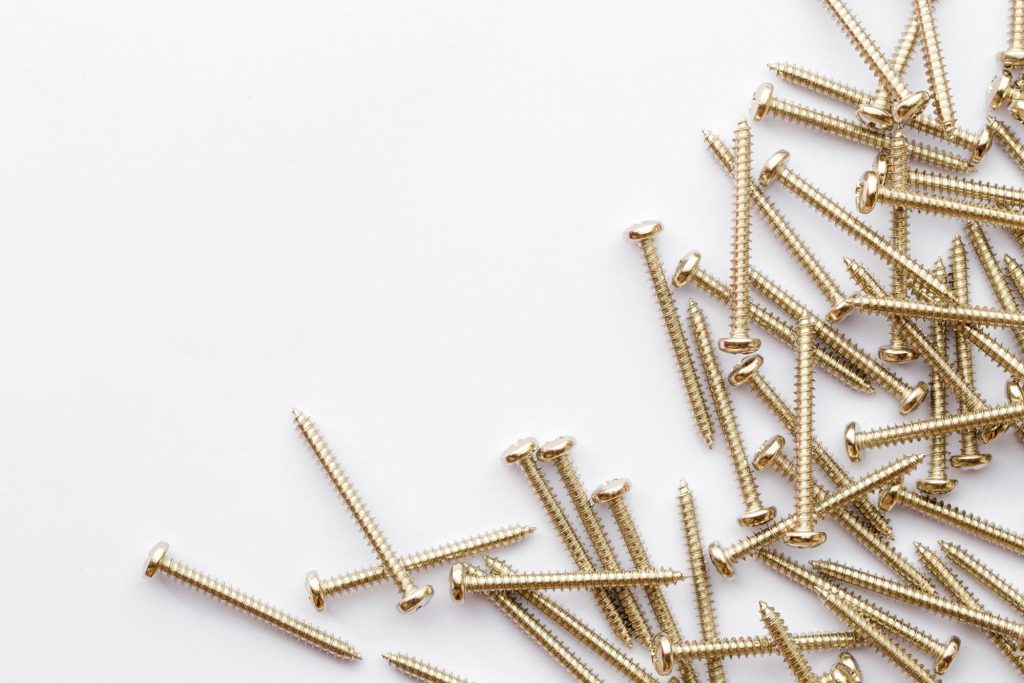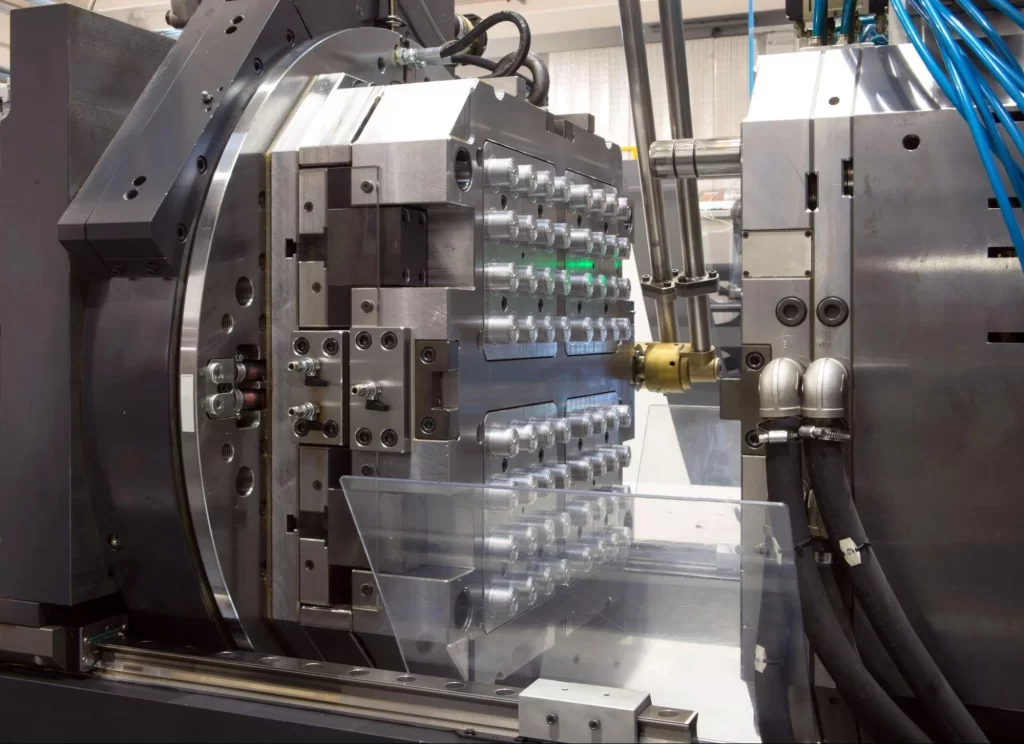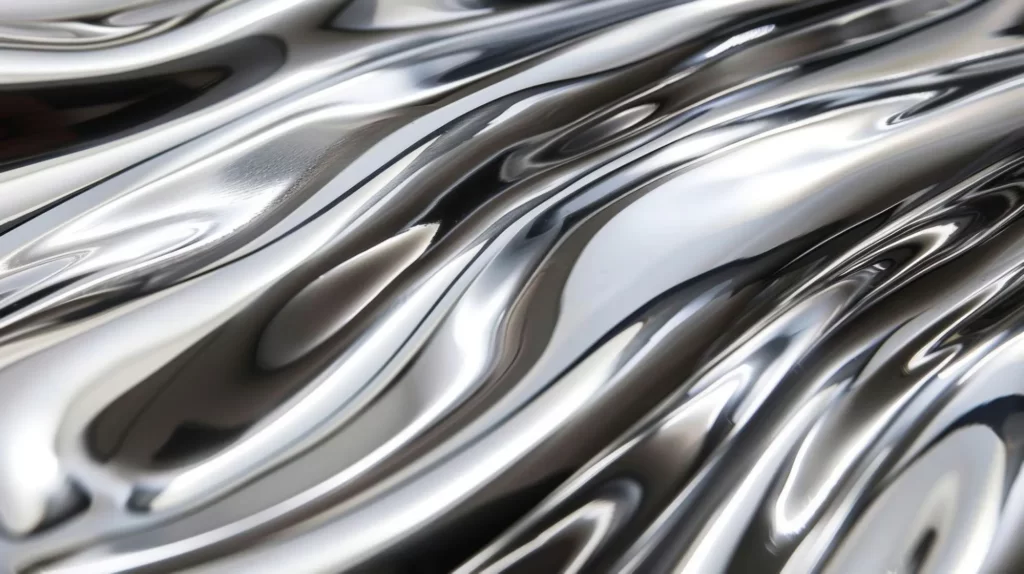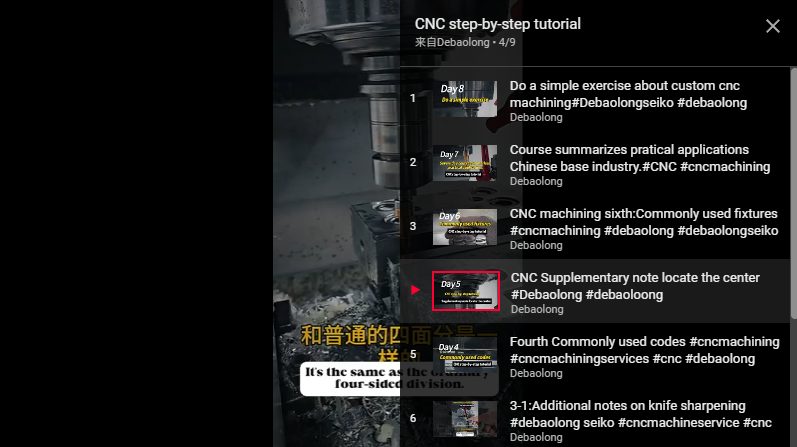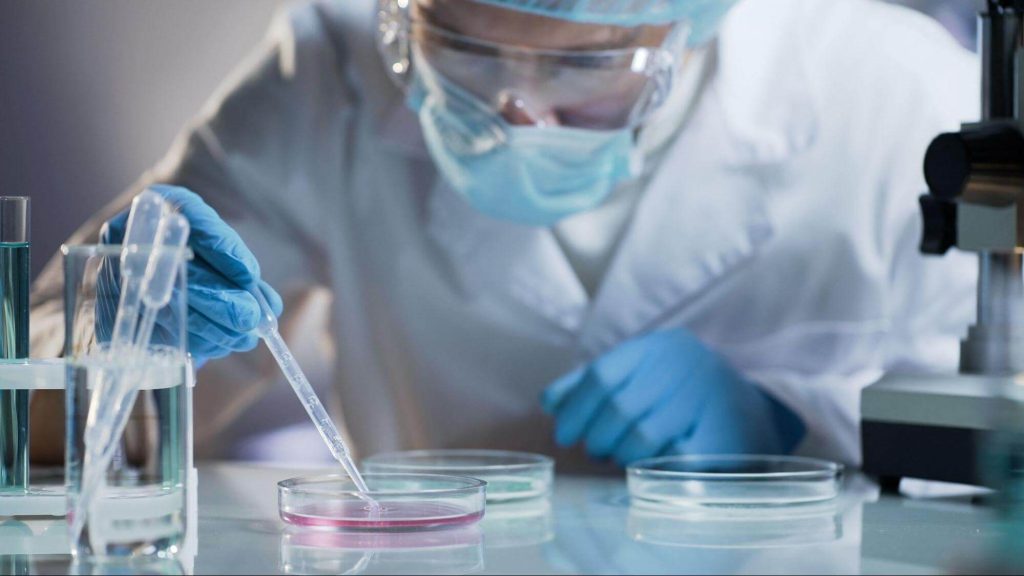5 Tips to Improve CNC Machine PrecisionPrecision plays a pivotal role in CNC machining, ensuring every component meets exact specifications for exceptional manufacturing quality. By focusing on methods to enhance precision, you can minimize material waste, reduce costs, and optimize material usage—virtually eliminating defects and saving rework time. Improved precision also boosts productivity by maintaining consistency in production runs, enhancing both efficiency and the durability of machined parts. Prioritizing precision unlocks the potential for scalable, high-quality manufacturing.
Key Points
- Enhance programming skills using advanced CAM software and optimized G-code to improve machining accuracy.
- Regularly calibrate CNC machines to ensure accurate performance and extend their lifespan.
- Select high-quality cutting tools, maintain sharpness, and reduce errors for consistent machining results.
- Optimize cutting parameters like feed rate, spindle speed, and cutting depth for precise and efficient machining.
- Implement strategies to minimize thermal deformation and manage material stress for improved process accuracy.
Tip 1: Enhance Programming Skills for Precision
Programming forms the backbone of CNC machining. Improving programming skills can significantly boost precision and deliver better machining results, focusing on two key areas: leveraging advanced CAM software and optimizing G-code.
Use Advanced CAM Software
Advanced CAM (Computer-Aided Manufacturing) software is vital for enhancing precision. It converts designs into machine-readable instructions, ensuring accurate tool movements. Tools like Mastercam and Edgecam offer powerful functions for generating precise toolpaths, creating tool libraries, and simulating machining processes. These simulations help identify potential errors before actual machining begins, saving time and reducing material waste.
Integrated CAD/CAM software streamlines the process by combining design and manufacturing stages, minimizing errors during transitions and ensuring seamless communication between design and machining. For complex designs or intricate cuts, advanced CAD software enables CNC machines to perform delicate operations unattainable by manual methods, maintaining consistency and improving precision throughout production runs.
Focus on G-code Optimization
G-code is the language your CNC machine understands. Optimizing this code ensures your computer executes commands with maximum accuracy. For example, CAM system software generates G&M codes based on your design and machining parameters, dictating tool movement, speed, and cutting depth. Fine-tuning these instructions reduces rounding errors and enhances machining precision.
Pay attention to details like feed rate, spindle speed, and tool trajectory. Adjusting these parameters in G-code prevents issues like tool deflection or material deformation. Advanced CAM software often includes functions to simulate tool movement, allowing you to test and optimize G-code before machining. This proactive approach minimizes errors and ensures your CNC machine operates at peak precision.
“The quality of programming directly impacts the precision of CNC machining.” Investing in advanced software and focusing on G-code optimization lays the foundation for exceptional results.
Tip 2: Adjust Process Systems for Accuracy
Improve Machine Calibration
Calibration is the cornerstone of maintaining CNC machining precision. Regularly calibrating your machine ensures its components function as intended, involving checks and adjustments to geometric alignment, spindle runout, and other key parameters. Neglecting calibration leads to misalignments that directly affect machining accuracy.
Start by inspecting the machine’s axes, verifying smooth movement and proper alignment. Use calibration tools like dial indicators or laser measurement systems to gauge deviations, adjusting them to restore the machine to optimal condition. Pay close attention to the spindle, as even minor runout can impact cut quality. Regularly check and correct rotor alignment to maintain consistent results.
Routine calibration also extends the lifespan of CNC machines. Addressing potential issues early prevents wear from escalating into expensive repairs. Incorporating calibration into your maintenance plan ensures reliable, precise performance over time.
“Calibration is crucial for maintaining the accuracy and reliability of CNC machining.” Prioritize keeping your machine calibrated to see significant improvements in precision.
Maintain a Stable Working Environment
The operating environment of CNC machines significantly impacts their precision. Temperature fluctuations, vibrations, and humidity can all affect machining accuracy. Controlling these factors creates a stable setup that supports consistent performance.
Temperature control is vital—heat causes material expansion, leading to thermal deformation. Install climate control systems to maintain stable temperatures in the workspace, avoiding placing CNC machines near heat sources or in direct sunlight to reduce the risk of thermal expansion affecting results.
Minimize vibrations by anchoring machines to stable foundations. Vibrations cause tool deflection, reducing precision; use anti-vibration pads or isolation mounts to absorb shocks and keep machines stable during operation. Ensure nearby equipment doesn’t generate excessive vibrations that could interfere with CNC processes.
Humidity control is another factor—high humidity causes rust and corrosion in machine components. Use dehumidifiers to maintain optimal moisture levels in the workspace. A stable environment protects your machine and enhances precision in the long run.
Tip 3: Proper Tool Selection and Installation for Precision
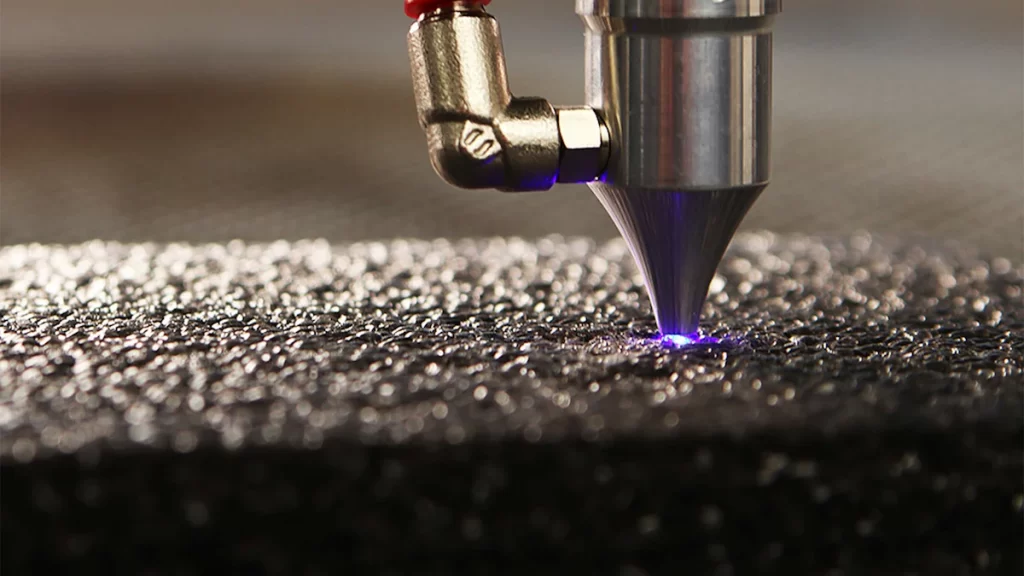
Choose High-Quality Cutting Tools
The quality of cutting tools directly impacts CNC machining precision. High-quality tools ensure clean, accurate cuts for consistent results, offering precise control over cutting parameters to produce complex shapes and designs with unmatched accuracy.
Investing in premium cutting tools improves efficiency and reduces errors. Tools made from durable materials like carbide or high-speed steel retain sharpness longer, minimizing tool wear and ensuring consistent performance over time. Additionally, quality tools reduce the risk of chipping or breaking, which can compromise machining precision.
When selecting cutting tools, consider project-specific requirements—choose tools with fine cutting edges for complex designs and robust tools that withstand high cutting forces for heavy-duty machining. Matching tools to tasks enhances precision and delivers exceptional results.
“High-quality cutting tools are the foundation of precise CNC machining.” Prioritize these tools to improve process accuracy and efficiency.
Ensure Proper Tool Installation
Even the best cutting tools can’t deliver precision if installed incorrectly. Proper tool installation is critical for maintaining accuracy during machining—misaligned or loosely secured tools cause vibrations, deflection, and uneven cuts, all reducing precision.
Start by inspecting tool holders, ensuring they’re clean and free of debris (dirt affects tool alignment). Secure cutting tools firmly in the holder without over-tightening, which can damage tools or holders; use a torque wrench to apply recommended tightening force for optimal stability.
Check tool alignment with the machine spindle—misalignment causes uneven wear and poor cutting performance. Use calibration gauges or tools to verify proper tool positioning, regularly inspecting and maintaining tool holders to prevent wear that affects installation accuracy.
Proper tool installation also involves monitoring tool runout—excessive runout causes uneven cuts and reduces machining precision. Use a dial indicator to measure runout and adjust as needed. Ensuring proper installation maximizes cutting tool performance and enhances CNC operation precision.
“Precision starts with proper tool installation.” Take time to install tools correctly for significantly improved machining accuracy.
Tip 4: Optimize Cutting Parameters for Precision Machining

Adjust Feed Rate and Spindle Speed
Feed rate and spindle speed are key parameters directly affecting CNC machining precision. Tuning these settings lets you control the interaction between the cutting tool and workpiece, ensuring accurate, consistent results.
The feed rate determines how quickly the cutting tool moves over the material—slower feed rates typically yield smoother finishes and higher precision, especially for complex designs or delicate materials. However, excessively slow feed rates cause tool wear and increase machining time. To find the optimal feed rate, consider material type, tool geometry, and required surface finish.
Spindle speed, conversely, refers to the rotational speed of the cutting tool—higher speeds suit softer materials, while harder materials need slower speeds to prevent overheating and tool damage. Balancing spindle speed and feed rate is crucial for achieving precise cuts without compromising tool life or surface quality.
“Understanding spindle speed and feed rate is essential for optimizing CNC machining processes.” Fine-tuning these parameters improves precision and overall work quality.
Control Cutting Depth
Cutting depth is another critical factor in precision machining, defining the amount of material removed in a single pass. Controlling this parameter ensures tools operate efficiently while maintaining precision.
Shallower cutting depths are ideal for achieving fine details and smooth finishes, reducing cutting forces and minimizing tool deflection and vibration. This approach suits finishing operations or machining fragile materials. For roughing operations, deeper cuts remove more material quickly but require careful monitoring to avoid affecting precision.
When setting cutting depth, consider tool capabilities and material hardness—overloading tools with excessive depth causes uneven surfaces and tool breakage. Gradually increasing cutting depth over multiple passes often yields better results, especially for complex or high-precision projects.
Tip 5: Minimize Errors and Deformation for Precision
Reduce Thermal Deformation
Thermal deformation poses a significant challenge to CNC machining precision—heat generated during machining causes material and machine components to expand, leading to dimensional inaccuracies. To address this, implement strategies to minimize thermal effects.
Start by monitoring temperature changes in CNC machines—advanced technologies like Fiber Bragg Grating (FBG) sensing enable real-time detection of thermal variations, providing accurate data on temperature fluctuations for timely corrective action. This technology has proven effective in reducing thermal errors in heavy-duty CNC machines.
Another approach involves using thermal error compensation techniques—research shows predictive models can estimate thermal deformation during machining. Integrating these models into CNC systems allows dynamic adjustment of machining parameters to offset thermal effects, ensuring consistent precision even under varying thermal conditions.
Maintaining a stable operating environment also helps reduce thermal deformation—keep workspace temperatures controlled to prevent heat buildup, and avoid placing CNC machines near heat sources or in direct sunlight. These measures create a stable thermal environment, enhancing machining precision.
“Thermal deformation affects precision, but proactive measures like monitoring and compensation can mitigate its impact.” Addressing thermal challenges improves CNC operation reliability.
Address Material Stress
Material stress is another factor affecting machining precision—internal stresses in workpieces cause warping or deformation during cutting, leading to inaccurate results. Understanding and managing material stress is vital for achieving precise outcomes.
Start by selecting materials with minimal internal stress—materials subjected to proper heat treatment or stress-relief processes are less likely to deform during machining. For example, annealed metals typically exhibit better stability than untreated ones, ensuring a solid foundation for precision machining.
Pre-machining processes like stress-relief annealing further reduce internal stresses, involving heating materials to a specific temperature followed by gradual cooling to relax internal tensions, making materials more stable for machining.
During machining, use cutting parameters that minimize stress accumulation—shallower cutting depths and moderate feed rates reduce cutting forces, preventing additional stress on materials. Avoid aggressive machining techniques that exacerbate internal tensions, removing material gradually to ensure workpiece structural integrity.
Post-machining inspection also plays a role—use measurement tools to check finished products for deformation or deviations, addressing issues early to prevent defects from propagating in subsequent production stages.
“Managing material stress is key to maintaining CNC machining precision.” By choosing stable materials and optimizing processes, achieve consistent, accurate results.
Conclusion
Improving CNC precision requires a combination of strategies addressing programming, calibration, tool selection, cutting parameters, and error minimization. Applying these 5 tips yields consistent, high-quality machining results. Precision not only reduces waste but also enhances efficiency and ensures exceptional product quality. Regular maintenance and optimization of CNC processes will help maintain long-term reliability and accuracy.
We encourage you to implement these strategies and share your experiences. If you have additional tips for improving precision, feel free to contribute and help others refine their CNC machining practices.
For more information, please contact Debaolong Seiko.

